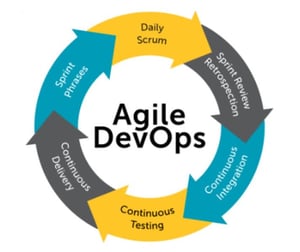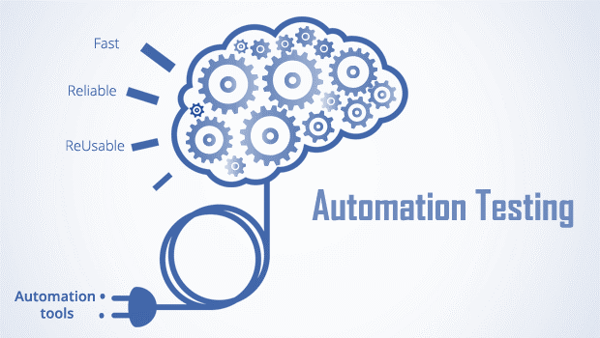It seems like yesterday was January and today is already March. What happened to February?
Time is flying by and business is changing at the same speed. These are exciting times for anyone in IT. Software testers, in particular, will have new challenges!
So, what can we expect not just in 2018 but in the coming years as well? Hard to guess, but here are my top 3 trends:
1. Intelligent Test Automation
Believe in it or not, no one can ignore the hype (and resources invested) around artificial intelligence (AI) and machine learning (ML). From tech news to conferences, from webinars to classes, there’s no excuse to not learn a little bit more about how they work.
For software testers, these will bring two different challenges:
- How to test AI- and ML-enhanced systems (e.g., recommendation engines);
- How to use AI- and ML-powered testing services to increase software testing efficiency.
Even if only a small group of testers will be knowledgeable enough to test the AI/ML systems, without a doubt, all of us will benefit from and will be using AI/ML testing tools in the near future. Companies such as Applitools, test.ai and testplant are already providing those tools today.
2. Increased adoption of Agile and DevOps
The need to embrace business changes and deliver faster to the market is pushing organizations to digital transformation. This has resulted in increased adoption of methodologies and organizational cultures like Agile and DevOps.
For this adoption to succeed, quality needs to be a team responsibility. Clearly, software testers will have an important role, but what will it be?
The truth is, it will not be just one role. Besides the more traditional planning and execution of the test strategies, they will also need to provide continuous feedback about the product quality (i.e., Continuous Testing). It’s easier said than done, but they will become the quality coaches reinforcing the quality mind set and enabling the other team members to be involved in the test activities.
Even for the most complex systems, this will lead to faster deployments and ensuring high-quality products are delivered in a cost-effective manner.
3. More (Open Source) Test Automation
AI does not mean the end of Test Automation (or Manual Tests, for that matter). It will continue to be the main approach to shortening the testing and delivery time required by Agile and DevOps.
By the way, to avoid the endless discussion about what is test automation and what isn’t, I am going by what is described in the ISTQB Glossary as “the use of software to perform or support test activities”.
The team structure will change: test automation developers will be fully integrated into the agile teams or into the more transversal infrastructure teams. The latter will be a trend in organizations where test automation will become a commodity, part of the supporting infrastructure where you will also find other services like continuous integration or virtualization.
What test automation tools will prevail?
Today, we already see open source tools for test automation becoming the standard. In the future, they will become even more predominant as the groups that support them become more active and involved in organizing dedicated discussion channels, workshops, meetups and conferences, just like the ones organized around Selenium and Appium.
Conclusion
In a global world, the time-to-market can make the difference between success or failure. It does not matter if we are talking about an international enterprise or the next startup. In an always connected society, users are becoming more and more demanding when it comes to the quality of the solutions, especially performance, security and usability characteristics that were often ignored in the past.
Through all this, software testing is not ending, but it is changing. Software testers will need to adapt to the new challenges. Machines are learning… What about you?




